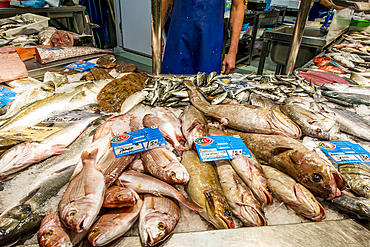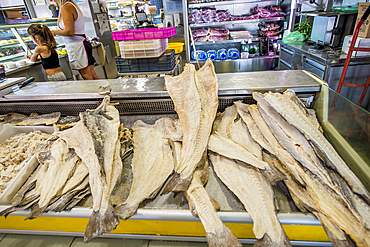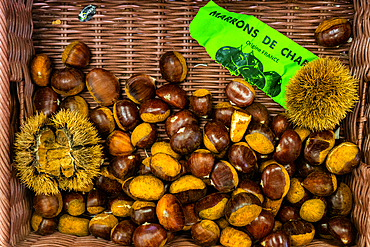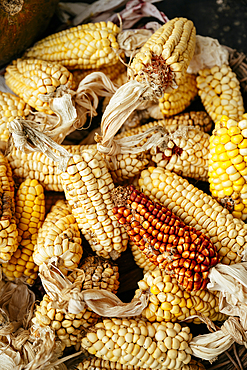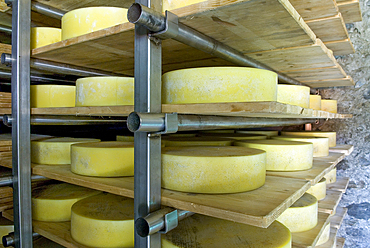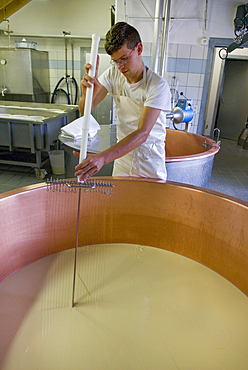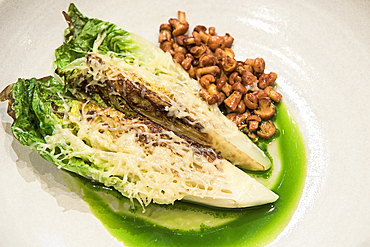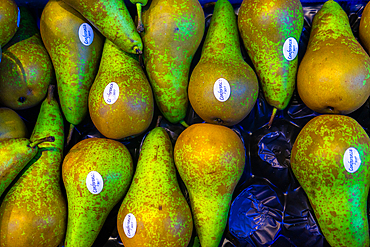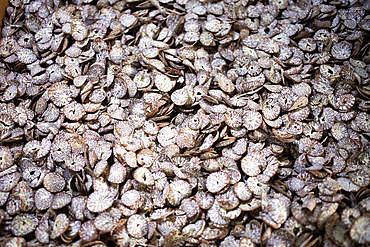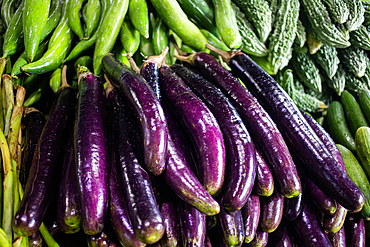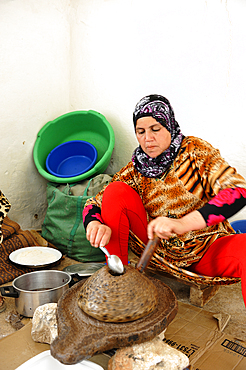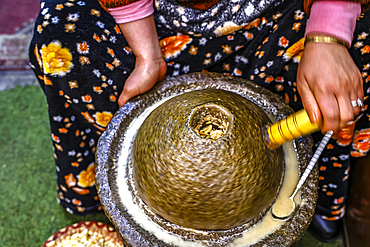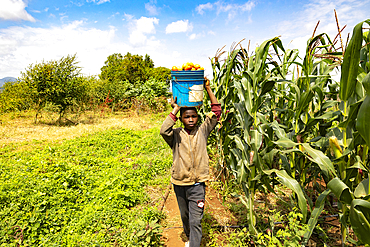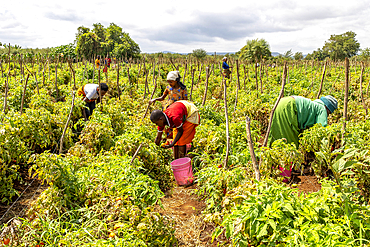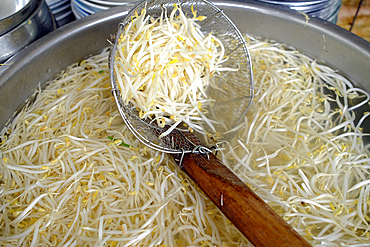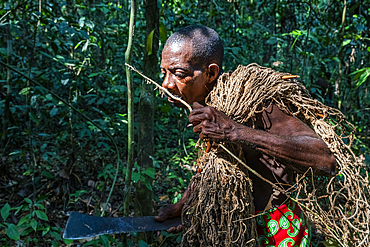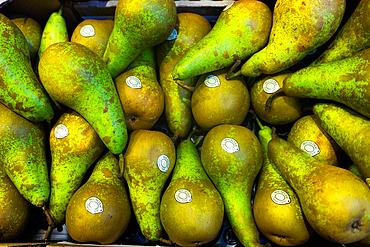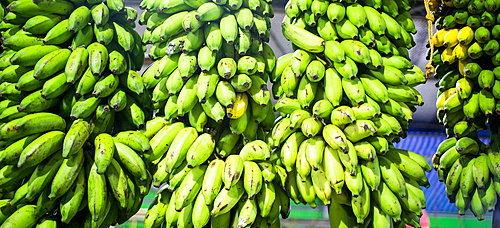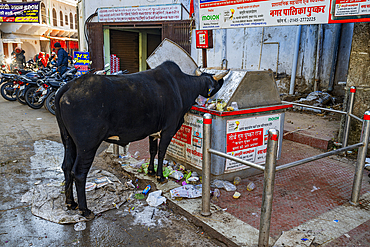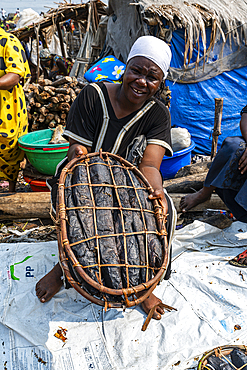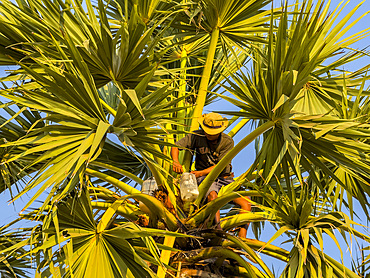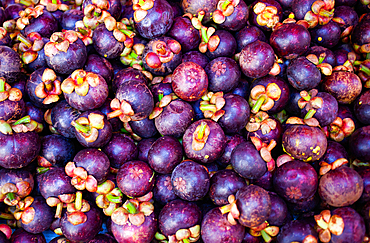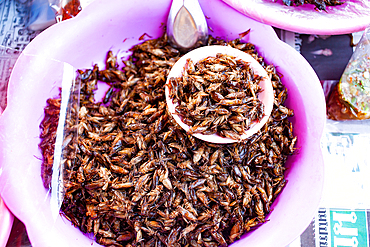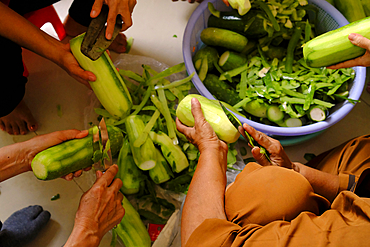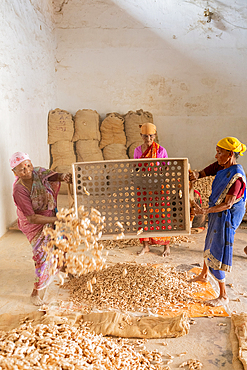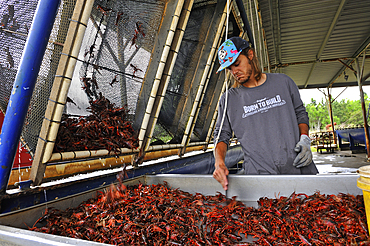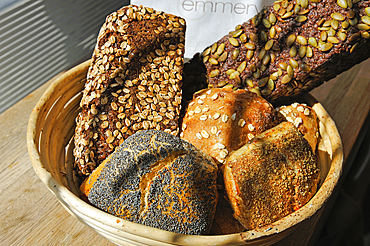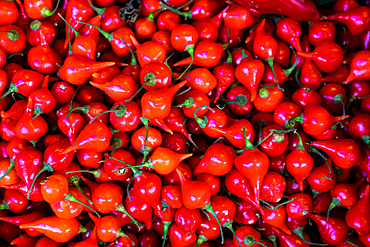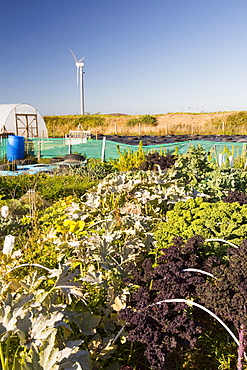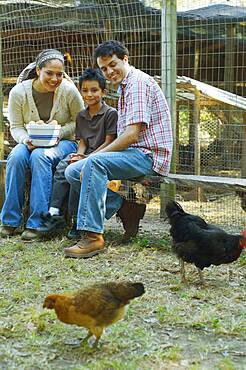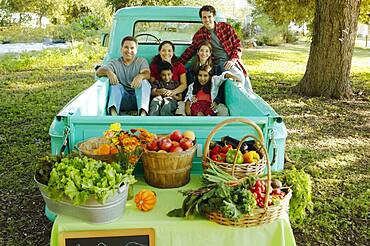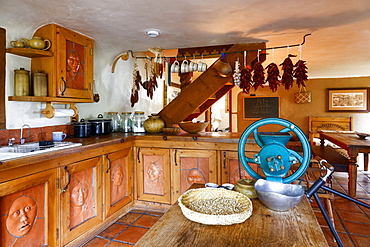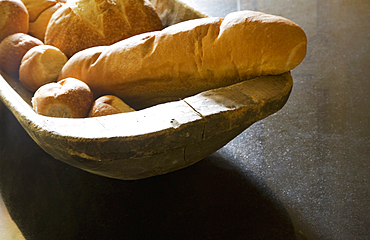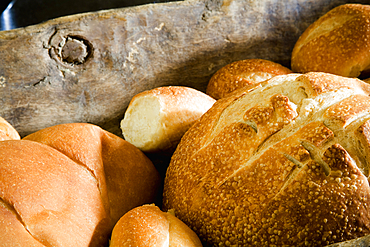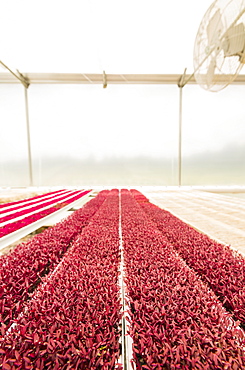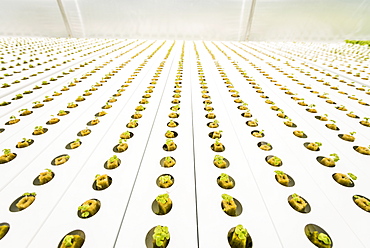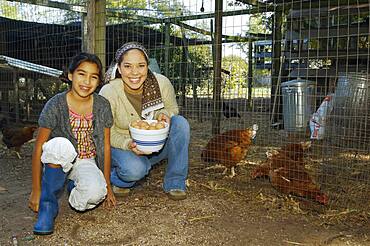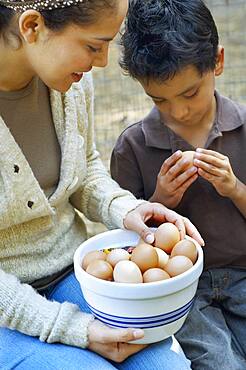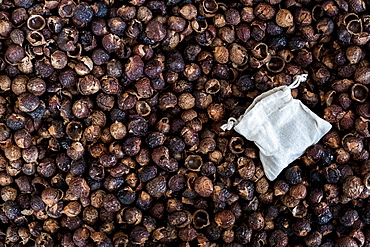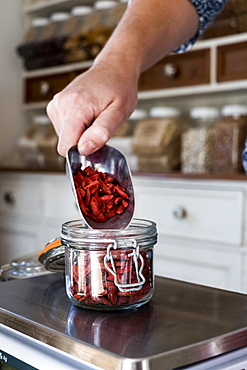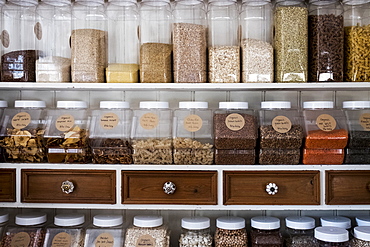Results
63 results found

Henri's Field growing area, Schumacher College, Dartington Hall estate, Totnes, Devon, England, United Kingdom, Europe
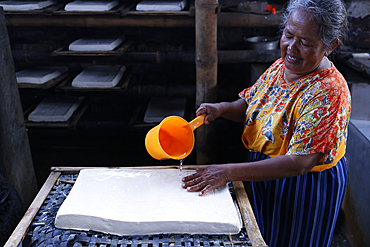
Worker making tofu, a food prepared by coagulating soy milk, in a traditional family factory, Yogyakarta, Java, Indonesia, Southeast Asia, Asia, Asia

View of wooden rice buckets in the Higashi Chaya District, Kanazawa City, Ishikawa Prefecture, Honshu, Japan

Vegetable garden, Agritourism farm Unterhaspahof, Montguelfo-Tesido, South Tyrol (Alto Adige), Italy
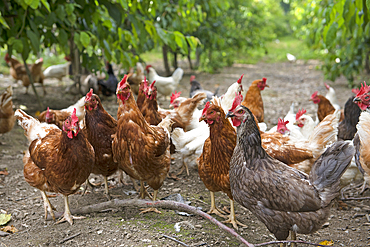
Rearing laying hens in a cherry orchard, Lerchnhof Farm Inn, Valdaora di Sotto, South Tyrol (Alto Adige), Italy

Green sea turtle (Chelonia mydas), surfacing for air near Caye Caulker, inside the Mesoamerican Barrier Reef, Belize
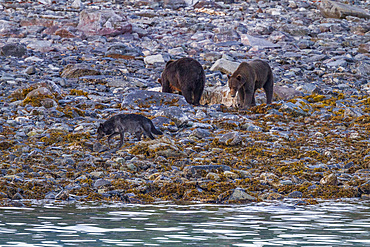
Adult brown bears (Ursus arctos) and wolf (Canis lupus) feeding on humpback whale carcass in Glacier Bay National Park, Alaska, United States of America
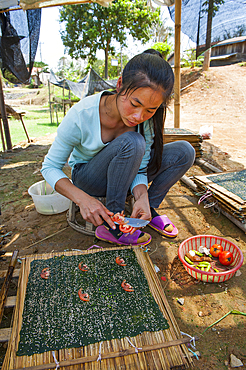
Young woman making Kai Paen, dried river weed sheets sprinkled with sesame seeds, thinly sliced tomatoes and garlic, northern Laos
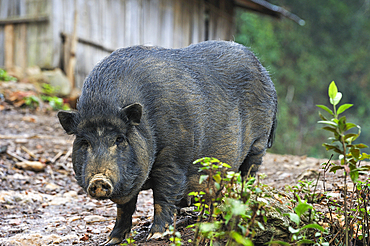
Sow in an Akha tribe village in the mountains surrounding Muang La, Oudomxay Province, northwestern Laos
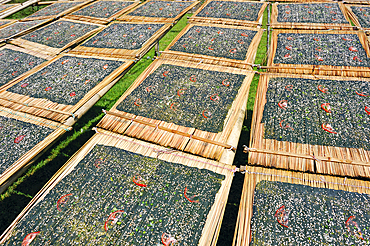
Sun drying of Kai Paen, dried river weed sheets sprinkled with sesame seeds, thinly sliced tomatoes and garlic, northern Laos
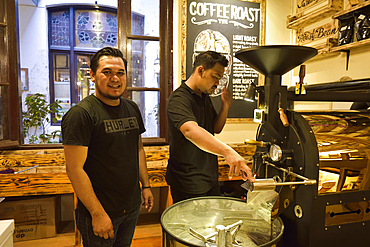
Hero Coffee cafe, Kepodang Street, Old Town of Semarang, Java island, Indonesia, Southeast Asia, Asia
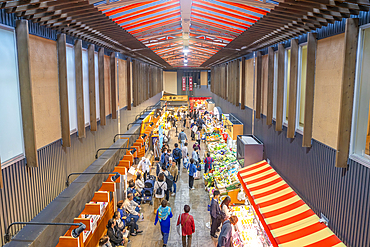
Elevated view of stalls and people in Omicho Market, Kanazawa City, Ishikawa Prefecture, Honshu, Japan
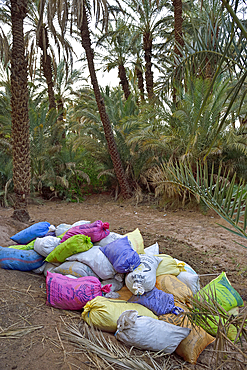
Sacks of dates, palm grove of Zagora, Draa River valley, Province of Zagora, Region Draa-Tafilalet, Morocco

David Keanes, owner of Connemara Oyster Farm with oyster-bags, Ballinakill Bay, Letterfrack, Connemara, County Galway, Connacht, Republic of Ireland
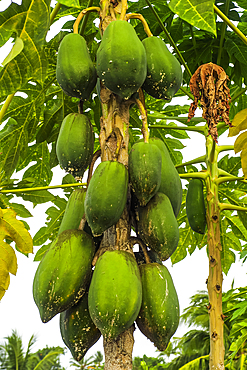
Tree laden with ripening green papaya, an important common tropical fruit, Ulu, Siau Island, Sangihe Archipelago, North Sulawesi, Indonesia, Southeast Asia, Asia

Welcoming ceremony, Our Habitas AlUla, a sustainable resort in ancient oasis in desert canyons of the Ashar Valley, Medina Province, Saudi Arabia
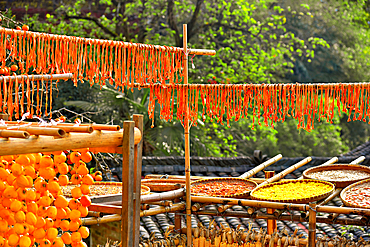
Pumpkin strips and produce being sun dried, Huangling, village dating to the Ming Dynasty, Wuyuan County, Shangrao City, Jiangxi Province, China

Adult brown bear (Ursus arctos) foraging for salmon at the Brooks River, Katmai National Park, Alaska, United States of America

Cod drying on racks temporarily built for that purpose in the small fishing town of A in the Lofoten Island Group, Norway
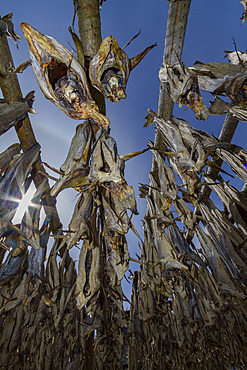
Cod drying on racks temporarily built for that purpose in the small fishing town of A in the Lofoten Island Group, Norway
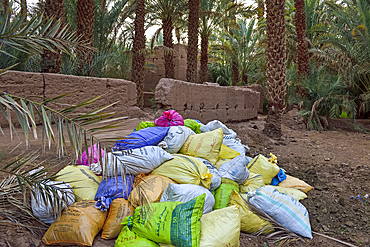
Sacks of dates, palm grove of Zagora, Draa River valley, Province of Zagora, Region Draa-Tafilalet, Morocco
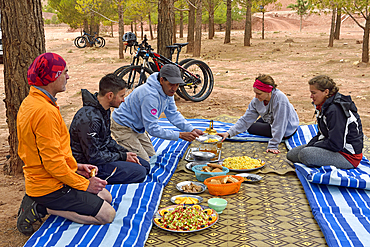
Lunch break, group of bikers, road from Telouet to Tighza, Ouarzazate Province, region of Draa-Tafilalet, Morocco
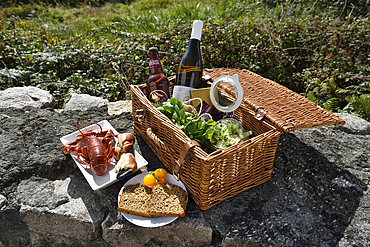
Picnic hamper prepared by Connemara Organic Seaweed in village on Lettermullan island, Connemara, County Galway, Connacht, Republic of Ireland
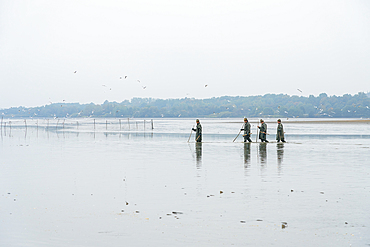
Four fishermen with poles wading through mud during preparation for fish harvest, Rozmberk Pond, UNESCO Biosphere, Trebon, Jindrichuv Hradec District, South Bohemian Region, Czech Republic (Czechia), Europe
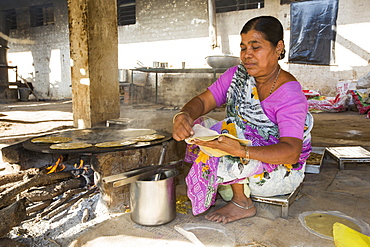
The Muni Seva Ashram in Goraj, near Vadodara, India, is a tranquil haven of humanitarian care. The Ashram is hugely sustainable, next year it will be completely carbon neutral. Its first solar panels were installed in 1984, long before climate change was on anyones agenda. Their energy is provided from solar panels, and wood grown on the estate. Waste food and animal manure is turned inot biogas to run the estates cars and also used for cooking. Solar cookers are also used, and the air conditioning for the hospital is solar run. 70 % of the food used is grown on the estate. They provide an orphanage, schools for all ages, vocational training, care for the elderly, a specialist cancer hospital withstate of the art machinary, and even have a solar crematorium. This shot shows a cook preparing chapatis on a biofuel stove.

The Muni Seva Ashram in Goraj, near Vadodara, India, is a tranquil haven of humanitarian care. The Ashram is hugely sustainable, next year it will be completely carbon neutral. Its first solar panels were installed in 1984, long before climate change was on anyones agenda. Their energy is provided from solar panels, and wood grown on the estate. Waste food and animal manure is turned inot biogas to run the estates cars and also used for cooking. Solar cookers are also used, and the air conditioning for the hospital is solar run. 70 % of the food used is grown on the estate. They provide an orphanage, schools for all ages, vocational training, care for the elderly, a specialist cancer hospital withstate of the art machinary, and even have a solar crematorium. This shot shows a Hematology Analyzer for analyzing blood in one of the labs in the specialist cancer hospital.
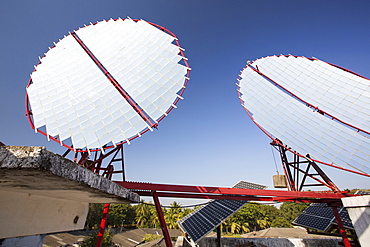
The Muni Seva Ashram in Goraj, near Vadodara, India, is a tranquil haven of humanitarian care. The Ashram is hugely sustainable, next year it will be completely carbon neutral. Its first solar panels were installed in 1984, long before climate change was on anyones agenda. Their energy is provided from solar panels, and wood grown on the estate. Waste food and animal manure is turned inot biogas to run the estates cars and also used for cooking. Solar cookers are also used, and the air conditioning for the hospital is solar run. 70 % of the food used is grown on the estate. They provide an orphanage, schools for all ages, vocational training, care for the elderly, a specialist cancer hospital withstate of the art machinary, and even have a solar crematorium. This shot shows solar panels that focus the suns rays on heat exchangers to boil oil, which is then sent down to the kitchens below to heat the cookers.
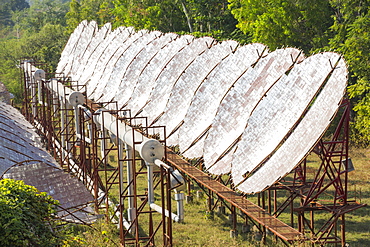
The Muni Seva Ashram in Goraj, near Vadodara, India, is a tranquil haven of humanitarian care. The Ashram is hugely sustainable, next year it will be completely carbon neutral. Its first solar panels were installed in 1984, long before climate change was on anyones agenda. Their energy is provided from solar panels, and wood grown on the estate. Waste food and animal manure is turned inot biogas to run the estates cars and also used for cooking. Solar cookers are also used, and the air conditioning for the hospital is solar run. 70 % of the food used is grown on the estate. They provide an orphanage, schools for all ages, vocational training, care for the elderly, a specialist cancer hospital withstate of the art machinary, and even have a solar crematorium. This shot shows the solar air conditioning for the Ashram's hospital.
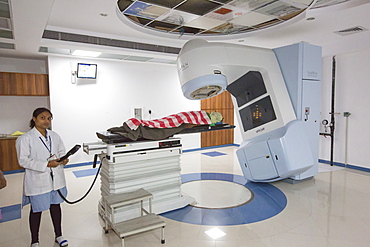
The Muni Seva Ashram in Goraj, near Vadodara, India, is a tranquil haven of humanitarian care. The Ashram is hugely sustainable, next year it will be completely carbon neutral. Its first solar panels were installed in 1984, long before climate change was on anyones agenda. Their energy is provided from solar panels, and wood grown on the estate. Waste food and animal manure is turned inot biogas to run the estates cars and also used for cooking. Solar cookers are also used, and the air conditioning for the hospital is solar run. 70 % of the food used is grown on the estate. They provide an orphanage, schools for all ages, vocational training, care for the elderly, a specialist cancer hospital withstate of the art machinary, and even have a solar crematorium. This shot shows a Varian nuclear proton therapy machine in the specialist cancer hospital.
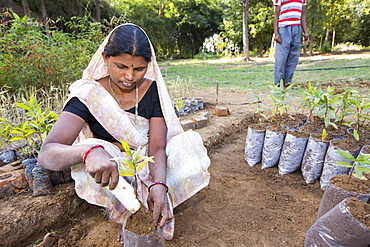
The Muni Seva Ashram in Goraj, near Vadodara, India, is a tranquil haven of humanitarian care. The Ashram is hugely sustainable, next year it will be completely carbon neutral. Its first solar panels were installed in 1984, long before climate change was on anyones agenda. Their energy is provided from solar panels, and wood grown on the estate. Waste food and animal manure is turned inot biogas to run the estates cars and also used for cooking. Solar cookers are also used, and the air conditioning for the hospital is solar run. 70 % of the food used is grown on the estate. They provide an orphanage, schools for all ages, vocational training, care for the elderly, a specialist cancer hospital withstate of the art machinary, and even have a solar crematorium. This shot shows a woman planting trees for onward growth in the Ashrams forests.

The Muni Seva Ashram in Goraj, near Vadodara, India, is a tranquil haven of humanitarian care. The Ashram is hugely sustainable, next year it will be completely carbon neutral. Its first solar panels were installed in 1984, long before climate change was on anyones agenda. Their energy is provided from solar panels, and wood grown on the estate. Waste food and animal manure is turned inot biogas to run the estates cars and also used for cooking. Solar cookers are also used, and the air conditioning for the hospital is solar run. 70 % of the food used is grown on the estate. They provide an orphanage, schools for all ages, vocational training, care for the elderly, a specialist cancer hospital withstate of the art machinary, and even have a solar crematorium. This shot shows the girls school.

Swabian cuisine, pretzel souffle with creamed mushrooms, vegetarian, healthy, using leftovers, pretzels from the day in front of, sustainable cuisine, salty starter, bake, from the oven, typical Swabian reinterpreted, bowls, herb side mushrooms, traditional cuisine, food photography, studio, Germany, Europe

Swabian cuisine, pretzel souffle with creamed mushrooms, vegetarian, healthy, using leftovers, pretzels from the day in front of, sustainable cuisine, salty appetiser, bake, from the oven, typical Swabian reinterpreted, different coloured plates, bowls, herb mushrooms, forks, traditional cuisine, food photography, studio, Germany, Europe
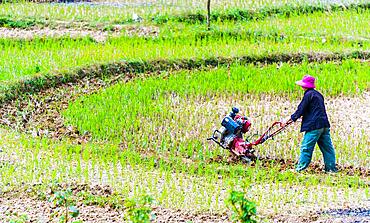
Self-sufficient labor-intensive farming in Ha Giang province, Vietnam.Traditional sustainable agriculture
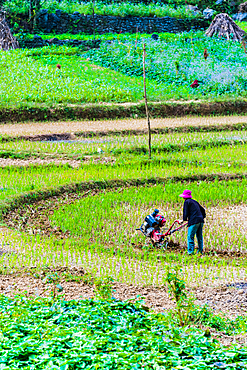
Self-sufficient labor-intensive farming in Ha Giang province, Vietnam.Traditional sustainable agriculture
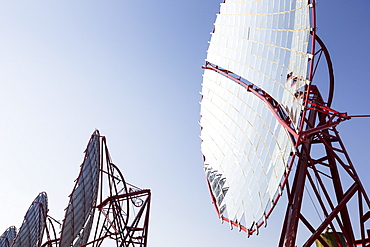
The Muni Seva Ashram in Goraj, near Vadodara, India, is a tranquil haven of humanitarian care. The Ashram is hugely sustainable, next year it will be completely carbon neutral. Its first solar panels were installed in 1984, long before climate change was on anyones agenda. Their energy is provided from solar panels, and wood grown on the estate. Waste food and animal manure is turned inot biogas to run the estates cars and also used for cooking. Solar cookers are also used, and the air conditioning for the hospital is solar run. 70 % of the food used is grown on the estate. They provide an orphanage, schools for all ages, vocational training, care for the elderly, a specialist cancer hospital withstate of the art machinary, and even have a solar crematorium. This shot shows solar panels that focus the suns rays on heat exchangers to boil oil, which is then sent down to the kitchens below to heat the cookers.
